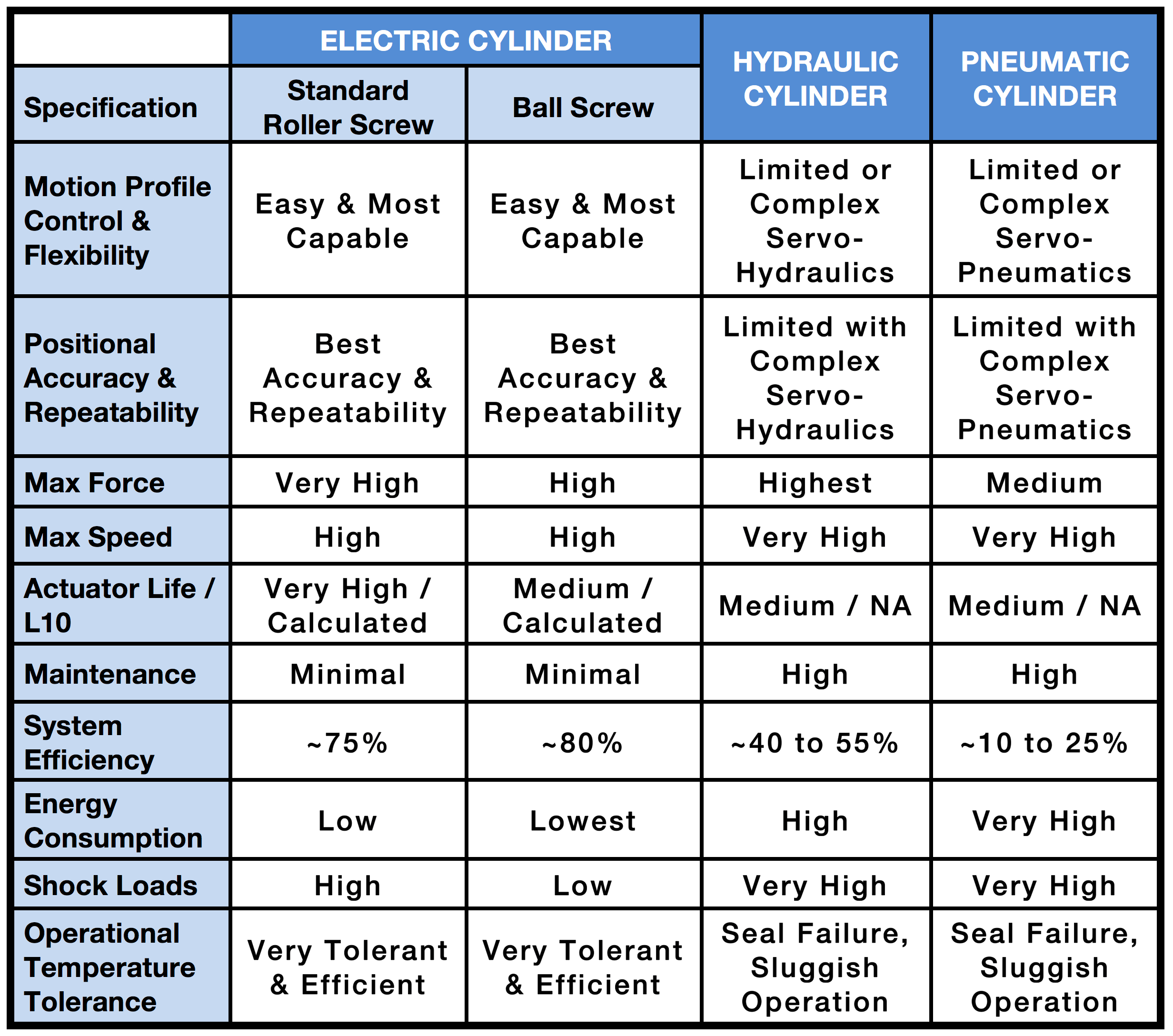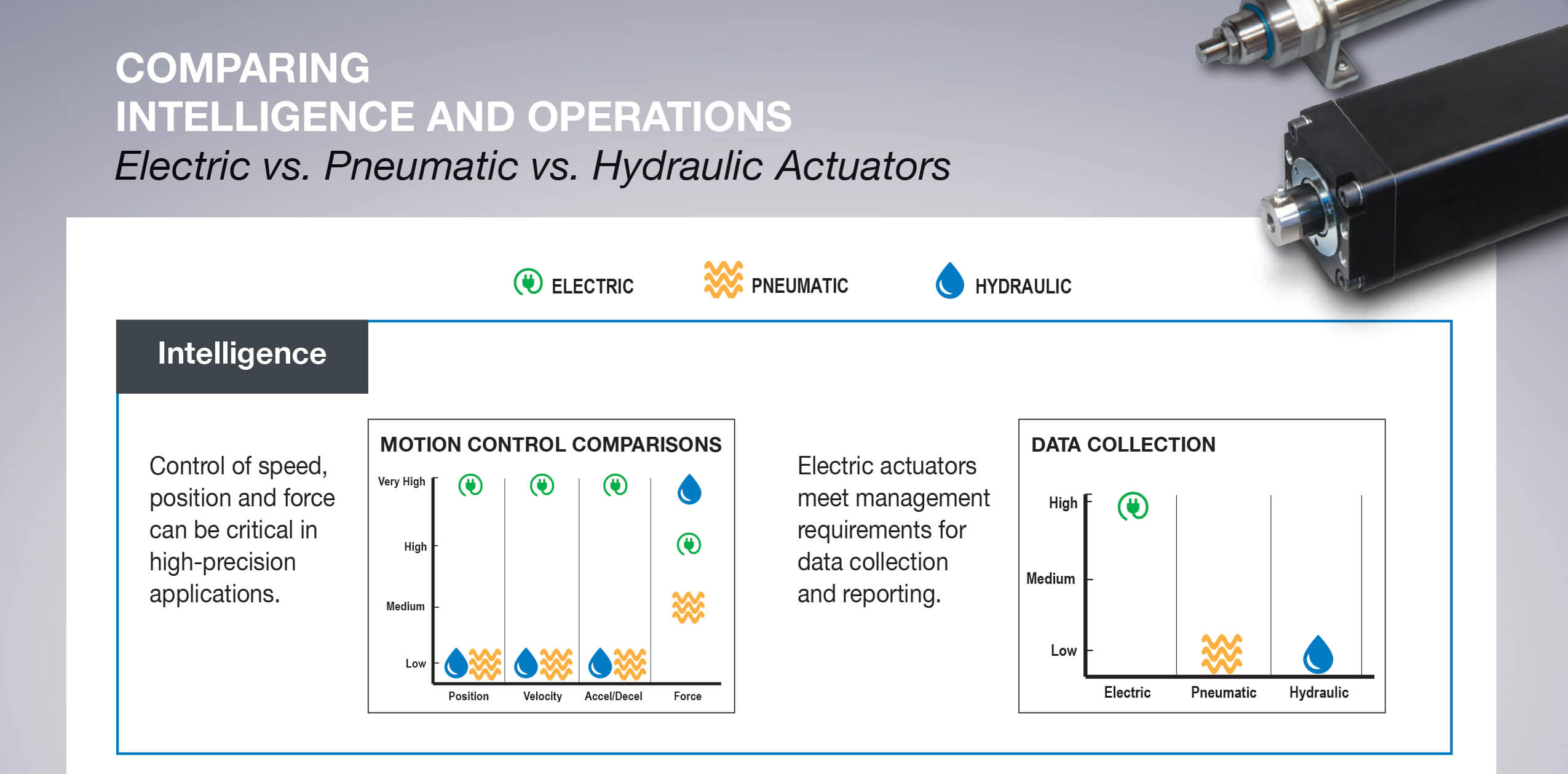Stop Motion or High Definition?
By Andrew Zaske on July 23, 2019
I t was a rough week for the whole team working on a new customer’s new machine design. Finally, it’s Friday night and you sit down on the couch to relax with your friends. You made some popcorn and just popped in a DVD recommended by your parents. They told you it’s a classic and might be a bit slow but it has a good story.
t was a rough week for the whole team working on a new customer’s new machine design. Finally, it’s Friday night and you sit down on the couch to relax with your friends. You made some popcorn and just popped in a DVD recommended by your parents. They told you it’s a classic and might be a bit slow but it has a good story.
The movie starts and after 30 seconds, your friends are giving you confused looks. The movie is very difficult to watch because it is filmed in stop motion. The images on the screen are frozen and jump from one to the next. Sometimes it is half a second between shifts and sometimes it can be several seconds. You can see the evening disintegrating and quickly move to switch out the movie to ‘The Fast and the Furious’ for some non-stop action.
The following Monday, your engineering manager is talking about another new project where they are planning on using pneumatic cylinders for a factory automation project. You know the customer has requested an updated design that allows more flexibility and better data trending of performance. Last fall, while attending a trade show in Chicago, you saw some screw-driven electric linear actuators. The exhibitor claimed that electric linear motion control could provide infinite positioning flexibility and real time knowledge of where the electric actuator was at all times.
While chewing on your sandwich at lunch, a few synapses fire off in your brain and you link Friday night at the movies with the new customer project. Pneumatic cylinders with switches at the end of stroke are equivalent to the classic stop motion movie. You get a discrete data point at two points in time, but your knowledge is frozen in time until the next switch is triggered. Electric actuators with a servo motor can give you real time data on position and speed at any time. The electric actuators are similar to ‘The Fast and the Furious’ where the action is continuous.
You remember an infographic comparing intelligence and operations capability of electric actuators and pneumatic cylinders.
You knock on your boss’s office door and he invites you to sit down. You talk through the analogy of the stop motion filming technique and the comparison between pneumatic/fluid-power versus electric linear motion control. He asks you a few tough questions and then directs you to go do some more research. He promises you that if the details check out, you can design propose the new system with the electric actuator to the end customer.
Next step? You get the facts. Since Tolomatic manufactures both pneumatic cylinders and electric rod actuators, you check out their whitepaper comparing performance of both technologies from motion control and data collection, to force, velocity and total cost of ownership (TCO).

Learn More
Be ready with answers. Download our ebook A Resource on Electric linear Actuators: What a machine designer needs to know.

